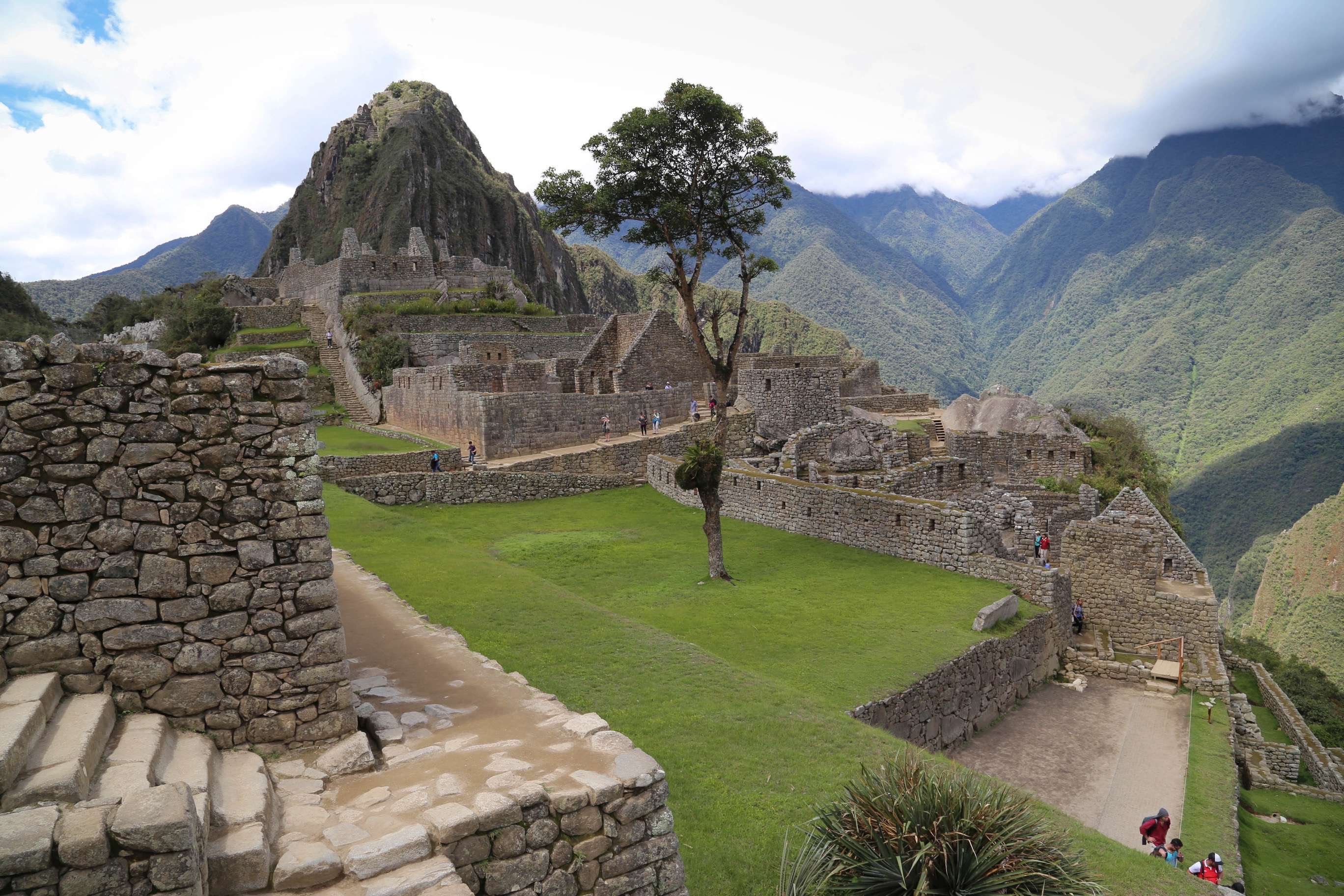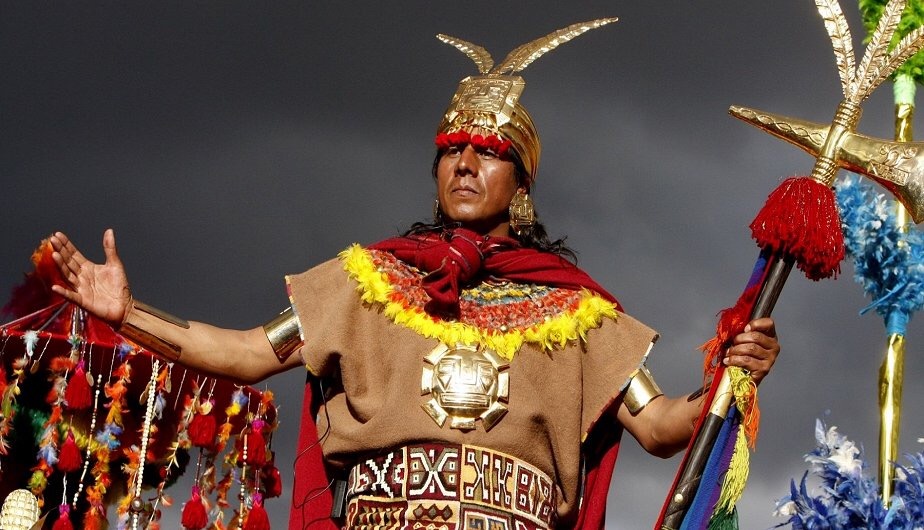

Gleaning clues from colonial documents, they are relocating the lost estates of Inca rulers and examining the complex upstairs-and-downstairs lives of imperial households. Combing rugged mountain slopes near Cusco, they are discovering thousands of previously unknown sites, shedding new light on the origins of the Inca dynasty. Now archaeologists are making up for lost time. In more recent times, civil unrest broke out in the Peruvian Andes in the early 1980s, and few archaeologists ventured into the Inca heartland for more than a decade. The royal palaces of Cusco, the Inca capital, fell swiftly to the European conquerors, and a new Spanish colonial city rose on their ruins, burying or obliterating the Inca past.

The Inca had no system of hieroglyphic writing, as the Maya did, and any portraits that Inca artists may have made of their rulers were lost. For many years, scholars possessed few clues about the lives of Inca kings, apart from flattering histories that Inca nobles told soon after the arrival of Spanish conquistadores. Rising from obscurity in Peru's Cusco Valley during the 13th century, a royal Inca dynasty charmed, bribed, intimidated, or conquered its rivals to create the largest pre-Columbian empire in the New World. The names of those Inca rulers still resonate with power and ambition centuries after their demise: Viracocha Inca (meaning Creator God Ruler), Huascar Inca (Golden Chain Ruler), and Pachacutec Inca Yupanqui (He Who Remakes the World). Walking behind the priest in a small procession, the bearers carry the saint for all in the plaza to see, just as the Inca once shouldered the mummies of their revered kings. As the prayers draw to a close, four men dressed in black raise a rustic wooden litter holding a painted statue of Santiago. In Inca times this would have been the festival of Illapa, the Inca god of lightning. Today, on a fine summer afternoon, I watch from the sidelines as they celebrate the fiesta of Santiago, or St. On festival days they gather in the plaza to dance to the sound of wooden pipes and drums. They weave brilliantly colored cloth, speak the traditional language of the Inca, and tend their fields as they have for centuries. Descended in part from Inca colonists sent here more than 500 years ago, the inhabitants of South America's Taquile keep the old ways. On the remote Peruvian island of Taquile, in the middle of the great Lake Titicaca, hundreds of people stand in silence on the plaza as a local Roman Catholic priest recites a prayer.


 0 kommentar(er)
0 kommentar(er)
